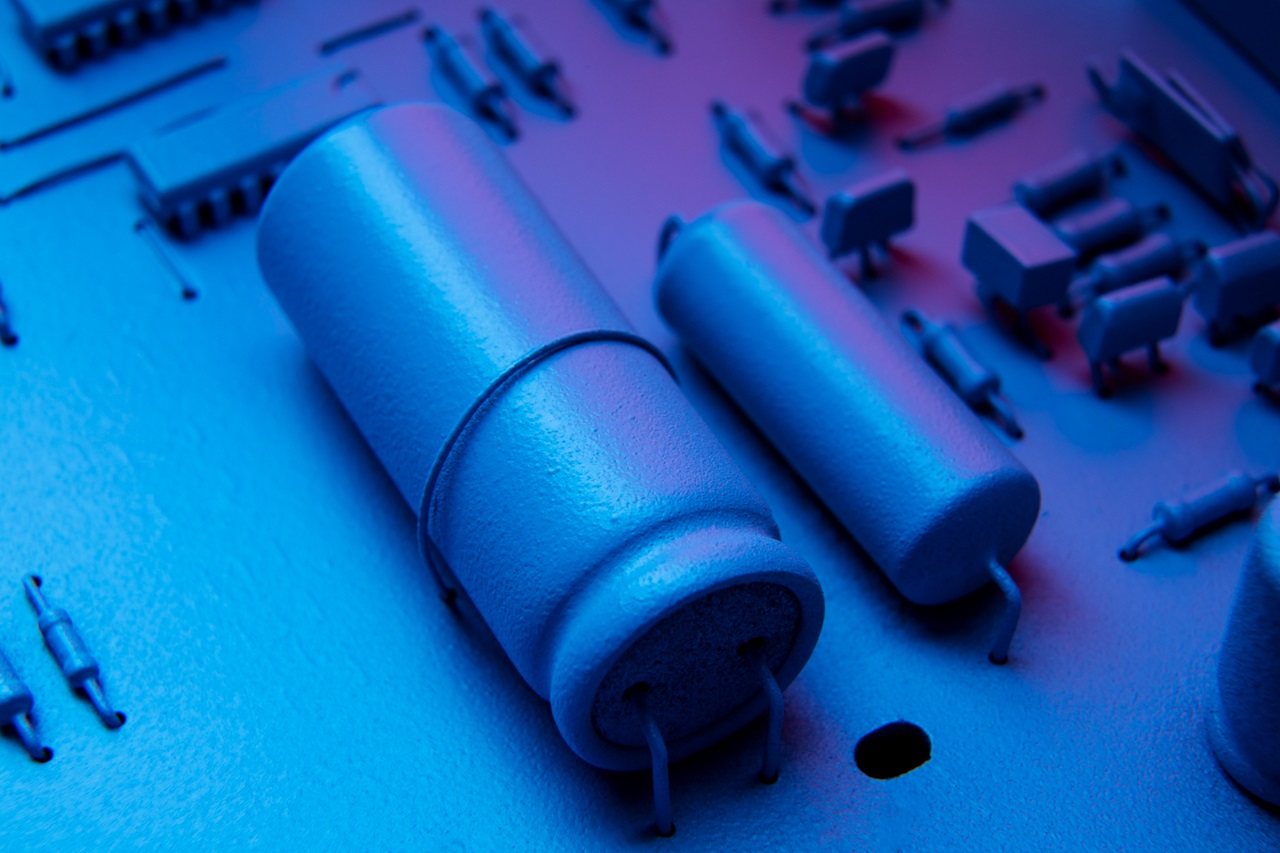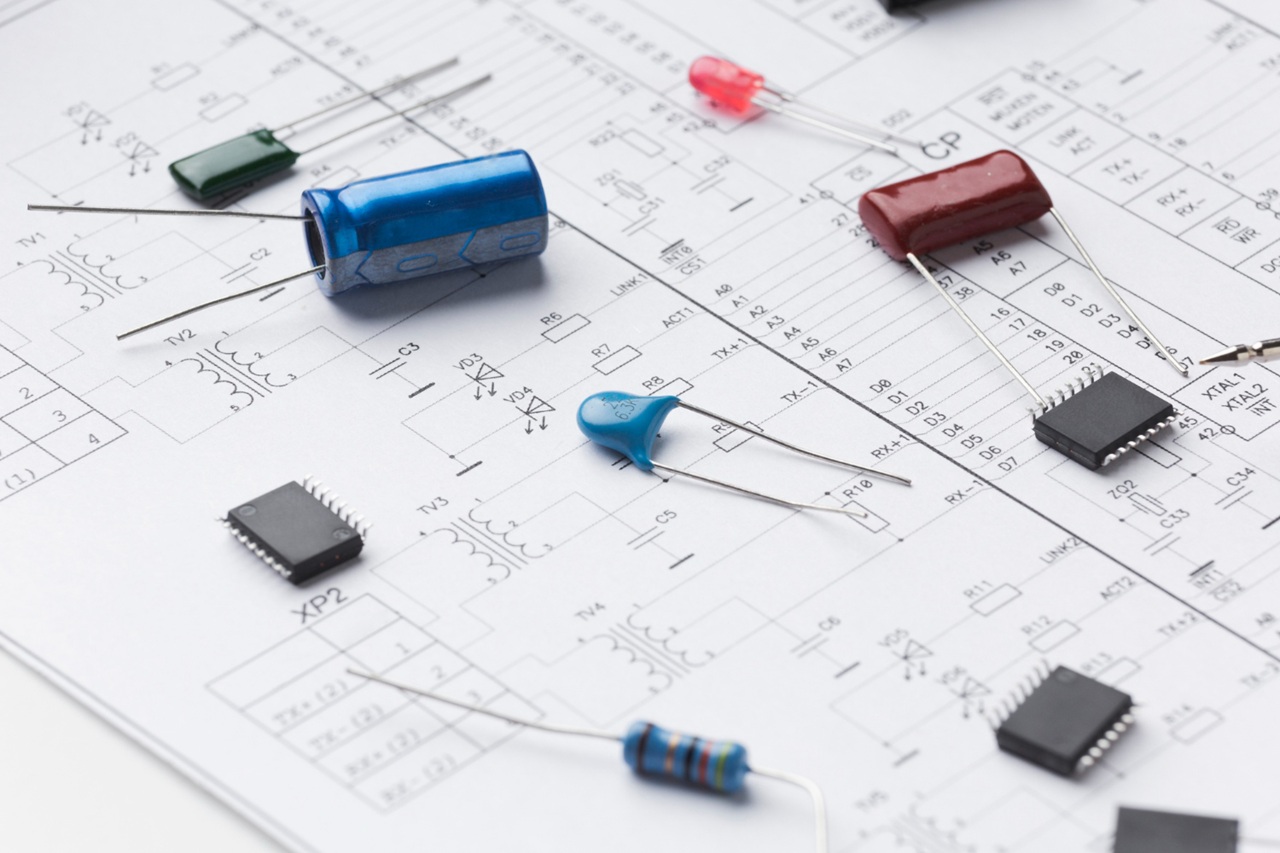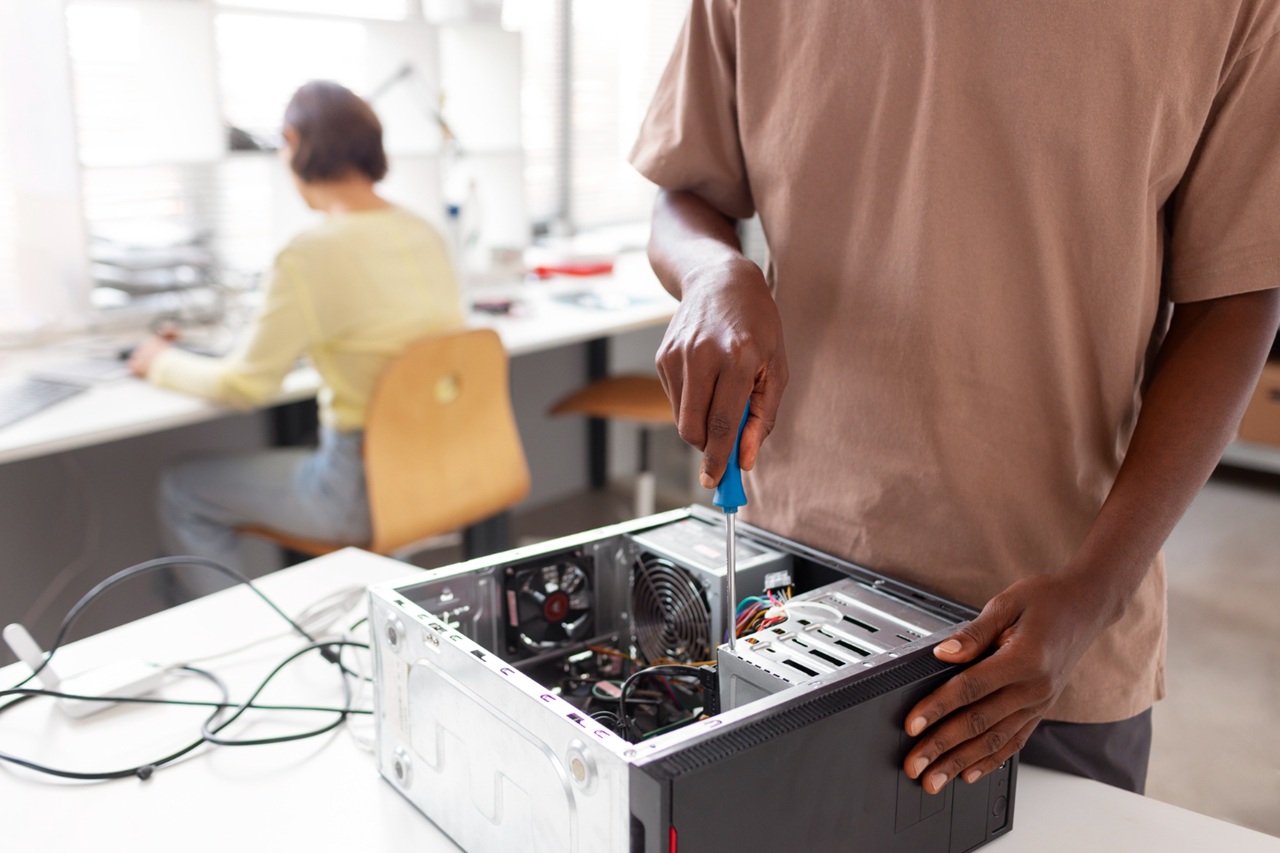Understanding Power Sources: Batteries vs. Adapters for DIY Circuits
When building DIY electronics projects, selecting the right power source is one of the most important decisions you’ll make. The power source isn’t just what makes your circuit come alive—it also affects the performance, portability, and longevity of your creation. Two common options are batteries and adapters, and each comes with its own advantages and challenges.
In this post, we’ll explore the differences between batteries and adapters, how to choose the right one for your project, and some practical tips to get the most out of your power source. By the end, you’ll have a better understanding of which option is best for your next DIY circuit project.
Why Power Sources Matter
Imagine building an LED display or a motion-sensing alarm, only to find that it doesn’t work as expected because the power source is insufficient or unreliable. I’ve been there—one of my first projects, a small robot, kept stalling because I didn’t think through the power requirements. The lesson? A well-chosen power source is just as important as the components themselves.
Batteries: Portable Power on the Go
Batteries are one of the most popular power sources for DIY circuits, and for good reason. They’re portable, versatile, and easy to use.
Advantages of Batteries
- Portability: Batteries are ideal for projects that need to move, like robots, wearables, or remote sensors.
- Convenience: They’re easy to find and replace, and they don’t require an electrical outlet.
- Variety: From AA batteries to rechargeable lithium-ion packs, there’s a battery for almost every voltage and current requirement.
Disadvantages of Batteries
- Limited Lifespan: Batteries need replacing or recharging, which can be inconvenient for long-term projects.
- Cost Over Time: Single-use batteries can become expensive if you’re powering a high-consumption device.
- Environmental Impact: Improper disposal of batteries can harm the environment.
Practical Uses for Batteries
- Wearables: Projects like light-up bracelets or fitness trackers rely on batteries for portability.
- Robotics: Many small robots use rechargeable battery packs for power.
- Outdoor Gadgets: Solar-powered garden lights often use rechargeable batteries as a backup energy source.
Anecdote:
When I built my first battery-powered motion detector, I used AA batteries. It worked perfectly—until I forgot to turn it off overnight and drained the batteries. Switching to rechargeable batteries was a game-changer for both convenience and cost.
Adapters: Reliable and Steady Power
Adapters are a go-to option for stationary projects that can be plugged into a wall outlet. They convert AC (alternating current) from your home’s power supply into DC (direct current) suitable for most electronic circuits.
Advantages of Adapters
- Unlimited Power: As long as you’re near an outlet, you don’t need to worry about running out of power.
- Consistent Voltage: Adapters provide a stable power supply, which is crucial for sensitive circuits.
- Cost-Effective: Unlike batteries, you don’t need to replace or recharge adapters.
Disadvantages of Adapters
- Lack of Portability: Adapters tie your project to a specific location.
- Bulkiness: Depending on the adapter, it may add unnecessary weight or clutter to your project.
- Voltage Selection: Not all adapters provide multiple voltage options, so you’ll need to match the adapter’s output to your circuit’s requirements.
Practical Uses for Adapters
- Stationary Devices: Clocks, desktop gadgets, and home automation devices often use adapters for power.
- Prototyping: During the development phase, an adapter is ideal for providing a consistent power supply.
- High-Power Projects: Circuits with motors or high-power LEDs often require the steady current an adapter can deliver.
Anecdote:
I once built a small desk fan powered by an adapter. It worked beautifully—until I decided to move it to another room without an outlet nearby. Lesson learned: consider where your project will live before choosing an adapter!
How to Choose the Right Power Source
1. Know Your Circuit’s Power Requirements
Determine the voltage and current your project needs. Batteries are great for low-power devices (e.g., under 12V), while adapters are better for high-power circuits.
2. Consider Portability
If your project needs to move around or operate in a location without outlets, batteries are your best bet. For stationary projects, adapters make more sense.
3. Think About Longevity
For projects that run continuously, adapters eliminate the hassle of replacing or recharging batteries.
4. Evaluate Cost and Sustainability
Rechargeable batteries can offset long-term costs and reduce environmental impact. For short-term prototyping, adapters are often the more economical choice.
Combining Batteries and Adapters
Some projects benefit from using both power sources. For example, you can design a system that primarily uses an adapter but switches to a battery during power outages. This is common in devices like emergency lights or backup alarms.
Tip: Use a diode to prevent backflow when combining batteries and adapters. It ensures the adapter doesn’t try to charge non-rechargeable batteries, which can be dangerous.
Common Mistakes to Avoid
- Overlooking Voltage and Current Ratings: Using a 9V battery for a 5V circuit without a voltage regulator can damage your components.
- Ignoring Battery Capacity: A small coin cell battery might not last long if your circuit consumes a lot of power.
- Skipping Testing: Always test your power source with a multimeter to ensure it meets your circuit’s needs.
Anecdote:
In one project, I used a power-hungry motor with a standard AA battery pack. It worked—for about 10 minutes. Switching to a higher-capacity lithium-ion battery pack solved the problem and kept my motor running smoothly.
Which Should You Choose?
Here’s a quick breakdown:
- Choose Batteries If:
- Your project is portable or wearable.
- You need a lightweight power source.
- You’re working with low-power devices.
- Choose Adapters If:
- Your project is stationary.
- You need consistent, long-term power.
- Your circuit requires high current.
Final Thoughts
Batteries and adapters each have their place in DIY electronics. By understanding the strengths and limitations of each, you can choose the best power source for your project and avoid common pitfalls.
Whether you’re powering a small robot or a desktop gadget, the right choice can mean the difference between a circuit that works like a charm and one that fizzles out.
So, what’s your next project? Whether you’re going portable with batteries or stationary with an adapter, embrace the learning process—and don’t forget to share your creations with the world!
Happy tinkering!




Post Comment